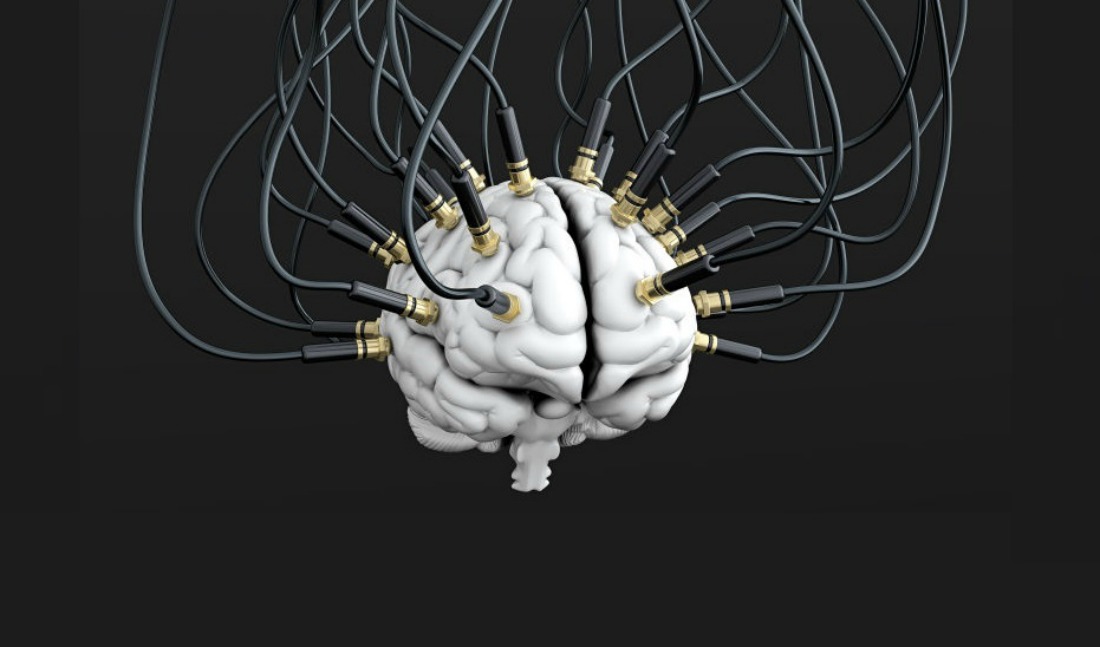
DARPA (the Defense Advanced Research Projects Agency) announced last Tuesday that it plans to build a chip that would allow the human brain to communicate directly with computers. Our minds would essentially be speaking in binary. At least, that’s the ultimate goal.
But how feasible is this, really? Can we ever truly link our brains to computers in a way that is verifiably cyborg?
A Brief History of Talking to Computers
It may seem like science fiction, but in many ways, the tech that allows our brains to directly “talk” with computers is already a reality.
To begin with, we have been working with several types of brain chips over the years. In fact, we saw the first wireless brain-to-computer a few years back (in 2013). However, the technology did not turn out as expected. It was rather slower than what was ideal and the communication method was a little convoluted.
Then, neuroscientist Miguel Nicolelis built the brain-controlled exoskeleton that allowed a paralyzed man to kick the first ball of the 2014 World Cup. You can learn more about his development in the video below:

And of course, this was only a beginning. Since this time, we have created a number of devices that allow individuals to communicate with computers in various ways.
But how does this communication work?
Known as brain-computer interfacing (BCI) technology, most of the tech mentioned here allows individuals to use their brainwaves to control an external device.
Since the early 1990s, for more than 2o years, Jonathan R. Wolpaw, a neurologist and chief of the Wadsworth Center Laboratory of Nervous System Disorders, has led a team of researchers in developing a BCI system to help the profoundly paralyzed communicate with the outside world.
The electrodes record the user’s electrical brain waves, which the computer analyzes and translates into specific commands, such as writing e-mails, selecting computer icons, or moving robotic devices. No surgery is required and users typically master the system within an hour or two.
And since Wolpaw’s early work, we have advanced at record pace.
OpenBCI is just one company that’s dedicated to making it possible for everyone to track their biodata and use their brain waves to communicate with computers, like their robotic hand pictured here. Thanks to this group, researchers, students, and interested individuals around the globe can access their brain waves and use them to reach out to various technologies.

This isn’t exactly “communicating” with a computer in one sense of the word, as the computer can’t exactly speak back to you. However, it does demonstrate that we are getting closer to a true interface—a true back and forth communication.
Indeed, we are actively working on this tech on the governmental level.
President Obama announced the BRAIN initiative in April 2013. The goal is multifaceted. Scientists work on programs that aim to help the human body heal itself through the neuromodulation of organ functions using ultraminiaturized devices. They also work on fully implantable neural-interface microsystems that can communicate wirelessly with external modules (such as a prosthesis). They work on devices to facilitate the formation of new memories and the retrieval of existing ones in individuals who have lost these capacities as a result of traumatic brain injury or neurological disease…
In short, yes, we can (and we are) using our brains to communicate with computers. We’re just going to get a lot more efficient in the coming year.
Creating a True Way to Communicate
So let’s get to this new project.
It has been called the Neural Engineering System Design (NESD). In a press release, the agency clarified the purpose of the work, asserting, “A new DARPA program aims to develop an implantable neural interface able to provide unprecedented signal resolution and data-transfer bandwidth between the human brain and the digital world. The interface would serve as a translator, converting between the electrochemical language used by neurons in the brain and the ones and zeros that constitute the language of information technology.”
In the DARPA agency’s statement, they note that “current brain-computer interfaces are akin to two supercomputers trying to talk to each other using an old 300-baud modem.” The technology is not fast enough to truly imitate the transmission of information. However, they are trying to fix that.
If DARPA is successful with this new technology, the potential is mind blowing.
Will human beings be finally be able to instruct machines what to do by simply thinking, and could this lead to tech that allows computers to respond?
It is very possible. This project is definitely one to look out for.